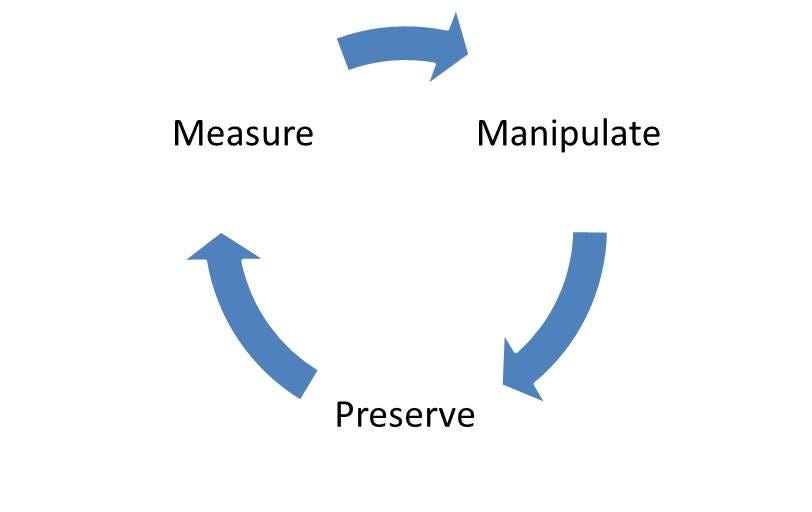feedback in Physical Therapy (Article 1 in series)
Some of us may have undergone or are generally aware of the practice of physical therapy (also known as Physiotherapy). A general description goes as follows: “Physical therapy is used to improve a patient’s quality of life through examination, assessment, interpretation, diagnosis, prognosis, physical intervention, and patient education.” It also involves curing physical disorders or disabilities by means of various therapeutic tools like exercise, mobilization, manipulation, using various pain relieving thermal and electrical modalities and biofeedback.
Biofeedback in physical therapy is not new. The purpose of biofeedback is that the therapist is able to gauge current patient condition while the patient gets to know his own body’s signals so that he can control them consciously. Therapists have been using various forms of biofeedback for years now. Various technologies have been adapted to build and refine biofeedback equipment. Since biofeedback is primarily monitoring, capturing and displaying the human body’s physiological response to various stimuli or actions, a wide variety of equipment’s have been developed over the years. Some of these are: SEMG (Surface Electromyography), biofeedback for pelvic floor muscles, pressure biofeedback, biofeedback using gamification and various other methods.
Examining the current state of bio feedback devices, we have seen the following concerns or deficiencies:
- Reliance on subjective interpretation by the therapist: As against clear objective data points. This is often seen in therapy that has more manual intervention — therapists do not always have access to the right equipment to help them convey data to the patient as well as for themselves
- Opaqueness for the patient from the perspective of understanding their condition and the therapy: Patients have to rely on the therapist to first comprehend and then understand the data existing equipment present to them. This statement is a reflection on the human interface the equipment’s today possess rather than anything else
- Limited multifunctional features and portability: Typically, a single biofeedback device targets one or two specific physiological responses and that’s about it. A therapist’s practice spans a large range of different conditions each with their own biofeedback signal and characteristics. This leads to multiple devices being owned, maintained and serviced for a single therapist. Also, collectively (and in some cases, singly) these devices are not always portable enough to be carried easily for home health services or care centers
- Limited biofeedback data storage and history: Most equipment do not provide a way to store a particular session’s data and to view historical data
- Contextual storage of biofeedback data: Usually, no mechanism to store a patient’s session data in such a way that it is linked to their medical condition. This context is extremely valuable as it opens up amazing possibilities for therapists in terms of treatment time and efficiency
- High cost: Typically, if there are classes of equipment’s that do provide facilities mentioned above, their cost becomes quickly prohibitive and not always affordable for small clinics or individual therapists
Now, all of the above is not to say that current classes of biofeedback equipment are not good enough. Far from it. They have been designed after years of careful research, comply with standards and are very safe to use. We are not advocating against them. However, at the same time, there are unmet needs that these equipment today do not fulfill (or in cases only partly fulfill). Here is where we have an opportunity to innovate and provide a class of devices that represent the next generation of evolution for biofeedback in physical therapy.
Drawing on the concerns listed above, the desired class of devices would need to exhibit the following key attributes:
- Provide extremely objective therapy data that can be correlated across sessions
- Provide an intuitive and easy way for patients to view their activity during sessions, preferably real time during a session
- Be modular so that various modalities are served as far as possible with a single device or fairly limited number of devices
- Persistently and reliably store patient therapy data across any number of sessions and allow therapists to call up historical sessions data at any point in time (as an example, for trend analysis)
- Link patient data with their medical condition so that this context can be leveraged to provide high value information to therapists
- Be small form factor and low cost. Be preferably battery powered
We would like to present just such a class of devices that have been prototyped towards realizing a platform fulfilling the attributes above. This post was to convey our reasoning for building them. In our follow up posts, we would be discussing more details about these devices and our experience of using them. Currently, we have coined the name of the platform as SVPT (Smart Virtual Physical Therapist). Our logo (image above, below the title) includes our guiding principles and we would like readers to spend a couple of minutes understanding them because these are our motives for conceptualizing and prototyping the platform itself:
- Measure — Be able to measure and record physiological responses of the patient to the therapy, tailored to their condition(s)
- Manipulate — Be able to manipulate the patient’s physiology and at the same time being able to measure the patient’s responses to assess changes is critical
- Preserve — Be able to preserve and improve the patients physiological condition, backed by solid evidence in form of measurements
We believe these three are sort of locked in an iterative feedback loop and are necessary for a safe, efficient and successful therapy experience.


We hope that this first article has sparked your interest and you find it as exciting as we do. In building this out we’ve had to call forth on all our existing skills (physical therapy, software engineering) as well as learn many new ones (electronics, mechanics, product design). Please do share any feedback or questions that you may have — we are keen to hear back from readers!
